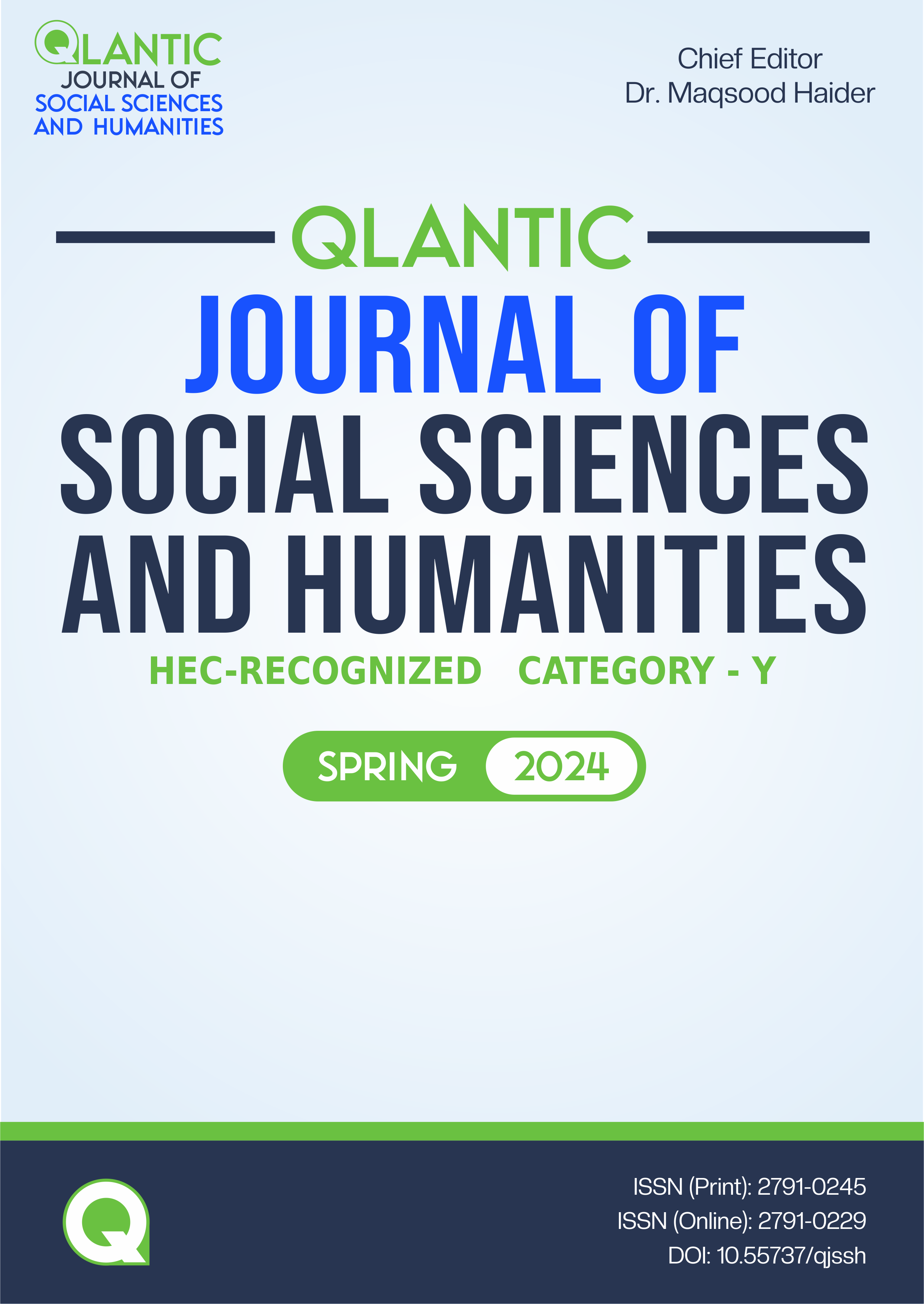Impact of Using Folklore in ESL Classroom for Teaching English Reading Skills in RYK
DOI:
https://doi.org/10.55737/qjssh.501691429Keywords:
Folklore, ESL Classroom, Reading SkillsAbstract
The goal of this study was to look into the impact of using folklore in ESL classrooms to teach English reading skills. Because English is a second language in Pakistan, the researcher employed the term ESL in this study. This study used a quantitative experimental research method. The results of the pre-and post-tests showed that folklore had a positive effect on the experimental group students as their results improved. The results of the control group showed no significant difference. The questionnaire completed by teachers produced a positive response. The majority of teachers agreed that folklore can help students expand their vocabulary and read more fluently. Most teachers agreed that incorporating folklore into an educational program motivates students to read more. Overall, the research findings were positive.
References
Anderson, R, Hiebert, E, & Wilkinson, A. (1985). Becoming a nation of readers: the report of the commission on reading. Washington, DC: US Department of Education.
Istiq’faroh, N., Suhardi, S., Ahdhianto, E., & Mustad, A. (2020). The effect of Indonesian folktales on fourth-grade students’ reading comprehension and motivation. İlköğretim Online, 19(4), 2149–2160. https://doi.org/10.17051/ilkonline.2020.763772
Johnson, R. B, & Christensen, L. (2014). Educational research: Quantitative, qualitative, and mixed approaches. California: Sage Publication, Inc.
Mantra, I. B. N. (2017). Promoting the students’ writing skill through folktales based learning activities. ISOLEC Proceeding. Faculty of Letters, Universitas Negeri Malang.
Nyoman, M. I. B., & Gana, K. D. G. A. (2018). FOLKTALES AS MEANINGFUL CULTURAL AND LINGUISTIC RESOURCES TO IMPROVE STUDENTS’ READING SKILLS. Lingua Scientia, 25(2), 83–88. https://doi.org/10.23887/ls.v25i2.18827
Prasetyo, A. (2016). Folklore in EFL: The local wisdom implementation of Indonesian curriculum. Journal of ELT Research, 1(2), 194-199.
Salman, K. & Mazhar, Z. (2021). Exploring Pakistani Folklore, the Need for and Problems with Documentation. National University of Science and Technology.
Suryani, I., Misrita, & Ristati. (2021). Folklore and It’s Effect on Student’s Ability In Reading Narrative Text: a Systematic Literature Review. Indonesian Language Education and Literature, 7(1), 194–205. https://doi.org/10.24235/ileal.v7i1.9089
Yusuf, H. O. (2015). Analysis of Nigeria secondary schools students’ reading habits: Implication for teacher education curriculum for English as a second language”. African Journal of Humanities 2(2), Kaduna state University. Pyla-mak Services Ltd.
Published
Issue
Section
License
Copyright (c) 2024 Qlantic Journal of Social Sciences and Humanities

This work is licensed under a Creative Commons Attribution-NonCommercial 4.0 International License.





